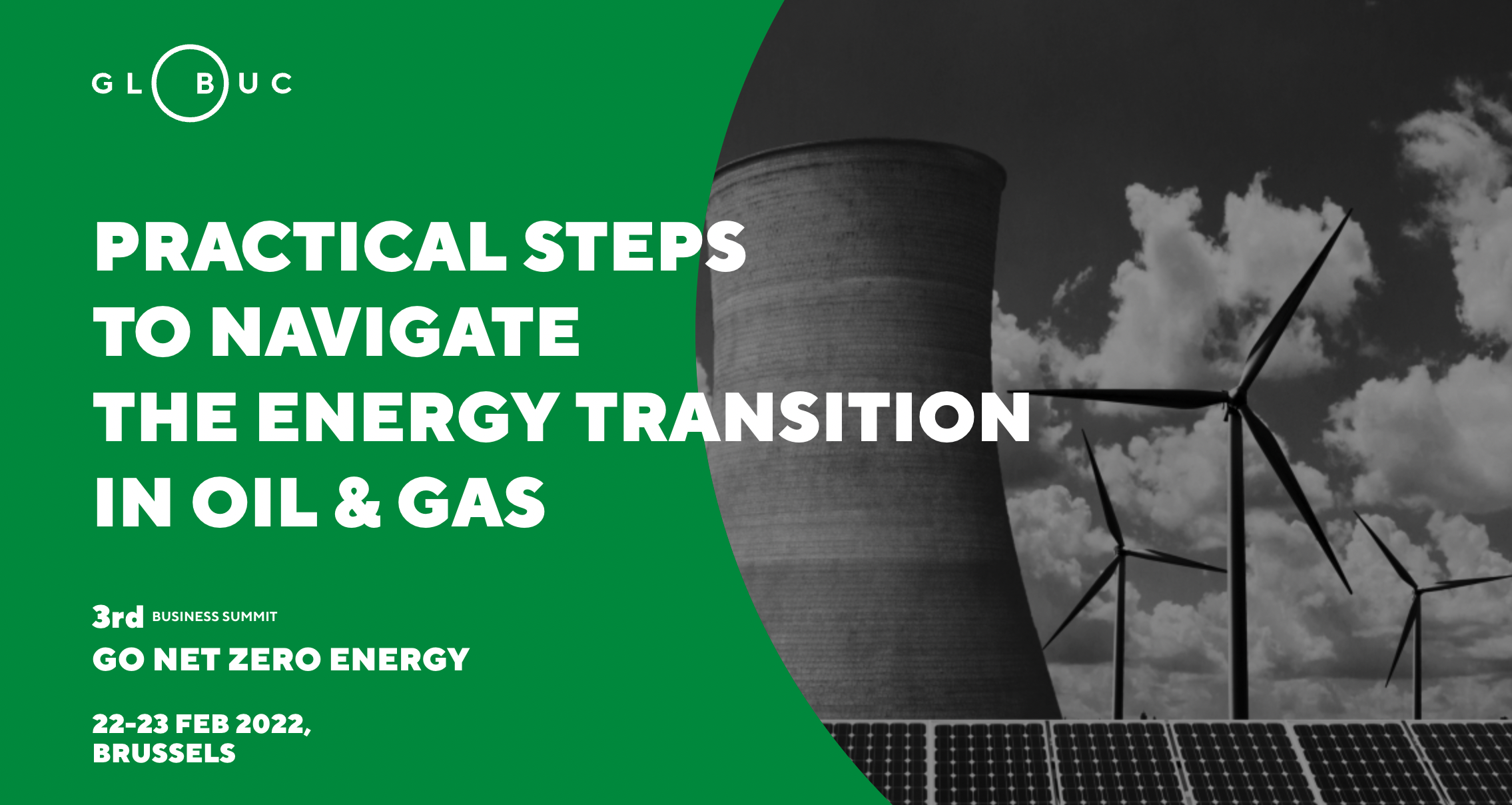COP26: the lessons for oil and gas
Much has been written about this year’s 2021 United Nations Climate Change Conference, or COP26. Whether the Glasgow, UK, event was a success or a failure depends on who you listen to. For our purposes, the key question is: what did COP26 mean for the oil and gas sector? Before diving in, it is perhaps useful to provide some context. COP26 was intended to build on the 2015 Paris Agreement by asking countries to review and enhance their commitments to mitigating climate change. In that sense, it was about defining the roadmap set out by the Paris objective.
There were other important topics to cover as well, including mobilising finance to protect the communities and environments worst hit by climate impacts and further developing market mechanisms, such as carbon markets, to facilitate the transition to low-carbon energy systems. It is also worth noting that COP26 came a year late, delayed because of COVID-19, and was accompanied by a surge in environmental awareness linked to the coronavirus pandemic. Policymakers were acutely aware of the political cost of coming away empty handed.
This sentiment helped drive progress of sorts both within and alongside COP26. The primary and step-change target of limiting global warming to 1.5 degrees by 2050, rather than Paris’ 2 degrees, was agreed to by all participants in the Glasgow Climate Pact, but while the attending nations’ revised nationally determined contributions (NDCs) to emissions reduction helped move the needle, it was other long-term targets and broader net-zero pledges that allowed the organisers to claim COP26 “keeps 1.5C alive.”
COP26 developments for oil and gas
As part of that process, there were several developments that were of importance to the oil and gas industry. One is that having a net-zero commitment, if not a pathway, is now becoming a prerequisite for any self-respecting nation. India was the highest-profile country to join the net-zero club during COP26, and there are now 136 nations worldwide that have made country-level commitments to cut emissions. These nations include 90% of global gross domestic product and 85% of the world’s population.
The reading here is that oil and gas companies only have a dwindling number of markets in which emissions are not under scrutiny, from a policy perspective at least. A second development of note is that countries will not be waiting another five years to reassess their NDCs. Instead, they are getting together again in 2022. The implication is that the focus on emissions is not only spreading but also speeding up, with new measures now likely coming into play on an annual basis. And COP26 left little doubt over where those measures will be directed.
These were the first climate talks where fossil fuels were called out specifically, in writing, for their role in global warming. Wrangling over the future of coal persisting right into the final minutes of the meeting and ultimately saw three outcomes related to fossil fuels:
- More than 40 countries, plus financing bodies and others, committed to phase out ‘unabated’ coal use between 2030 and 2040. Notably, the list does not include China or the US.
- These countries separately issued commitments to end funding for coal projects abroad.
- All countries agreed to ‘phase down’ coal as part of the Climate Pact.
The aggregate impact of the pledges is likely to be a significant blow given that Carbon Tracker estimates 70% of the global coal fleet would not be viable already without policy support.
Coal points the way for all fossil fuels
Coal is arguably an easy target because of its immense contribution to greenhouse gas emissions: it is responsible for 46% of carbon dioxide emissions worldwide and 72% of greenhouse gas (GHG) emissions from the electricity sector. Also, it can easily be replaced by other generation sources (including gas) in global power markets. But once coal is eliminated from the equation, oil and gas companies should be under no illusions about the next fuel sources to be put on the chopping block. In that sense, another significant COP26 announcement was to reduce non-CO2 GHGs, as well as the launch of a global partnership to cut methane levels by at least 30% between now and 2030. The Global Methane Pledge was signed by more than 100 countries, representing 70% of the global economy and circa half the globe’s anthropogenic methane. This is an initiative that directly affects oil and gas operations and will start with “using best available inventory methodologies,” according to the European Commission.
Oil and gas companies have long been aware of the need to contain methane emissions. The Global Methane Pledge now provides a growing incentive to improve the efficiency of their operations further.
Join Westwood’s Head of Energy Transition, David Linden, as he joins the advisory board at the Go Net-Zero Energy Business Summit on February 22 & 23, 2021.
Commitment to speed up the transition
Right now, no country is committing to the complete removal of oil and gas production. We have seen the launch of a Beyond Oil and Gas Alliance, which aims to seek a managed and just transition from oil and gas production, but this represents less than 1% of global producers. However, beyond net-zero commitments and the Climate Pact, there are lots of initiatives going on to reduce demand and transition economies. Everyone at COP26 signed up to dealing with—or phasing down—inefficient fossil fuel subsidies. This is going to be debated and dealt with in the coming years.
Elsewhere, Article 6 of the Glasgow Climate Pact, on carbon markets, is a key tool for accelerating carbon-reduction plans. COP26 triggered a flurry of climate-related announcements from financial institutions, auto makers and others, as well as a US-China agreement to enhance climate action.
These moves are still far from ideal from a climate mitigation perspective – and are much more focused on the global north than the global south – but they indicate the world is moving forward on GHG emissions reduction—and the pace is picking up. For oil and gas, this is perhaps the central point to emerge from COP26. Beyond specific announcements, the most important outcome from Glasgow was greater clarity on the speed and direction of travel.
A closing window of opportunity to adapt
Despite the fossil fuel industry sending more than 500 delegates to COP26, neither the direction nor the speed favour business as usual in oil and gas. If you are an oil or gas sector leader then you should figure on spending the next few years working out how you are going to evolve as a business and meet carbon emissions reductions.
This could well involve adapting your exploration strategy to include a “resilience” lens – focusing on lower breakevens, cycle times and emissions, or deploying capital towards initiatives such as methane leakage reduction or green barrels, or investing in low-carbon alternatives such as clean hydrogen.
It could also include an evaluation of what current skills and capabilities can best be adapted to the energy transition. Already, for example, we are seeing international oil companies redeploying exploration and production teams into related cleantech areas, such as geothermal energy.
As we have noted before in Energy Transition Insights, oil and gas only has a limited window of opportunity to re-cast itself as part of the solution to greenhouse gas emissions, rather than the problem.
The digest: this month’s key headlines
- Further cementing the oil and gas industry’s presence in offshore wind, Equinor and its partner SSE have reached financial close on the Dogger Bank C project with “some of the best ever” terms in the industry. Eni is set to buy a 20% stake in the project.
- BP has confirmed it is moving forward with a 500 MW green hydrogen production facility in Teesside, Northeast England. First production at the HyGreen plant is slated for 2025, with a final investment decision in 2023.
- ExxonMobil has reluctantly climbed aboard the emission reduction bandwagon with a pledge to cut its Scope 1 and 2 emissions 20% by 2030. The move has been criticised as lagging supermajor peers.
- South Korea is looking to make hydrogen its largest energy source by 2050, with plans to use 28 million tonnes of the gas mid-century.
- Germany’s new coalition government is aiming to up the ante on a transition to a sustainable economy, Bloomberg reports.





